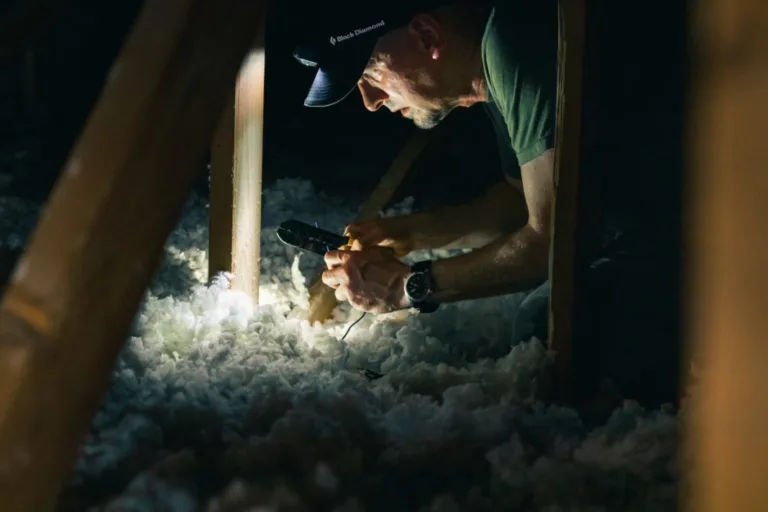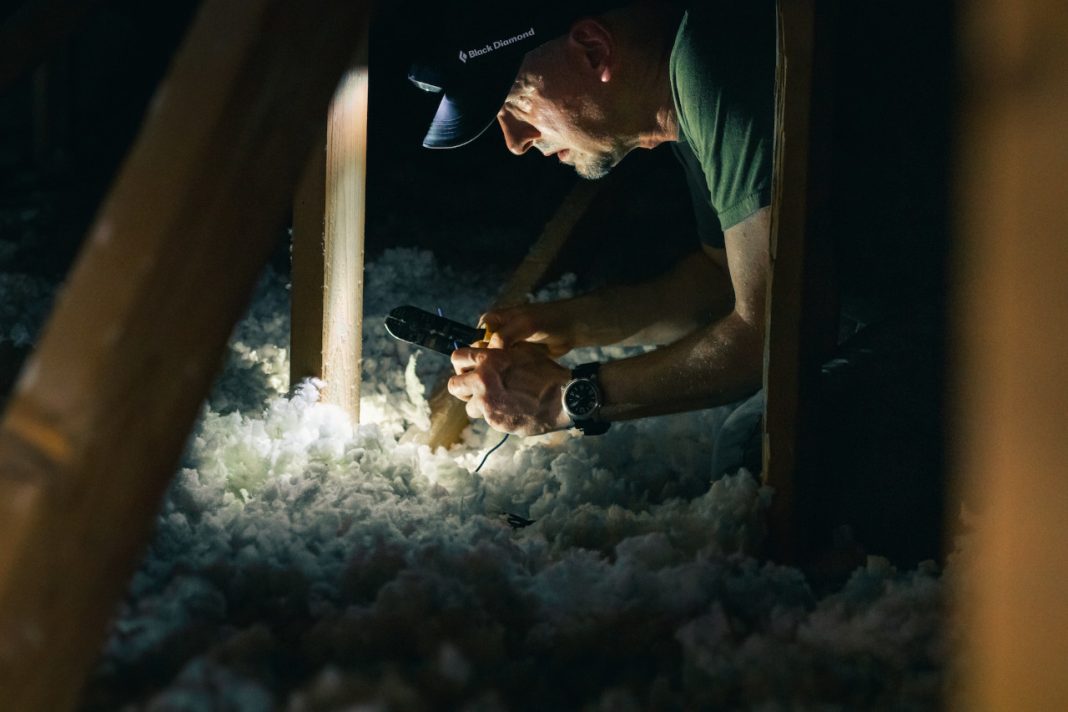
Living in a well-insulated home not only aligns with the greener ideal but also helps you save money on heating and cooling bills. Fortunately, increasing the thermal insulation in your existing home is not a difficult task, and the long-term financial benefits are substantial. This article presents various options for reworking your home insulation, including both small and large changes you can make. It also explains how to assess the cost-effectiveness of your insulation upgrade. Read on for the best home insulation tips to improve the energy efficiency of your home.

Heat constantly moves from warmer to cooler areas, causing energy loss from within your home to the outside during both hot and cool seasons. However, by insulating the walls of your home, you can minimize this heat flow and give your home a higher heat flow resistance, also known as an R-value. The R-value indicates how well an object resists conductive heat flow, with higher values indicating less air loss to the outdoors and greater energy and cost savings.
It’s important to note that many homes are inadequately insulated, and the minimum levels required by building codes often fall short of the recommended standards for comfort and energy savings. For example, attics may have only 6 inches of insulation (about R-19) while current recommendations suggest R-49 to R-60 insulation. Given that buildings contribute to 40% of global energy consumption, improving insulation can lead to significant energy savings.
Reducing air leakage and increasing insulation levels can result in major energy savings, cutting heating and cooling costs by 30% or more. This not only translates to financial savings but also reduces carbon emissions from fossil fuel burners. Moreover, insulation is affordable and accessible, with the cost of upgrading attic and basement insulation in a typical house being $6,000 or less. Additionally, insulation is a “once-and-done” improvement that lasts for the life of the house without requiring maintenance.
When it comes to insulation materials, all major types used today, such as fiberglass, cellulose, rigid foam, and spray foam, are made in the USA, providing job security for many Americans. Greener insulation options, like cellulose made from recycled newspaper or fiberglass with up to 30% recycled content, further contribute to sustainability.
Implementing small changes in your home can also make a difference in improving insulation. For example, addressing issues with windows by repairing frames, adding draught excluders, or applying window film can significantly enhance insulation. Door gaps can be sealed with bottom door brush draught excluders, while strategically placing plants and trees around your home can create natural shade and reduce air temperature, decreasing energy loss by 25%. Installing energy-efficient blinds, curtains, or weather stripping can further enhance window insulation.
For more substantial insulation improvements, the attic, walls, and basement are key areas to focus on. Attic insulation helps prevent heat from escaping through the roof, and options include loose-fill and batt insulation, which require air sealing before installation. Wall insulation methods differ for wood frame and solid brick frame walls, using loose fill or sprayed foam for the former and building a new cavity with board stock and new siding for the latter. Basement insulation, although more controversial due to various factors, can be done through wall or ceiling insulation using materials like rigid insulation or foam boards.
Calculating the exact energy savings of insulation can be challenging due to fluctuations in energy usage. However, general estimates suggest that insulation can reduce energy costs by approximately 25% to 35% depending on the area insulated. To get a better understanding of the energy savings, comparing current energy usage with old utility bills can provide a rough estimate of the impact. Additionally, obtaining an energy audit from a professional can help determine future cost savings.
Ultimately, the decision to install insulation depends on factors such as cost, energy savings, and environmental consciousness. On average, good insulation pays for itself within 5-9 years, providing both comfort and a reduced carbon footprint.